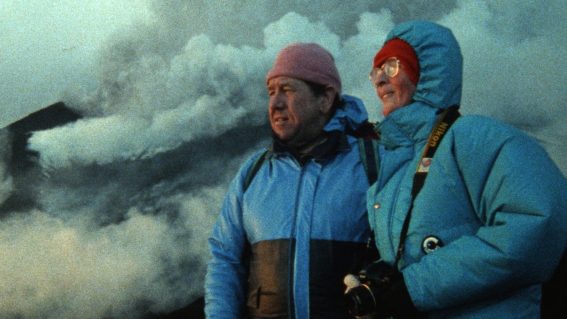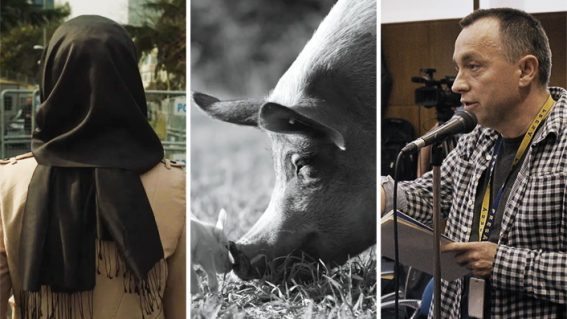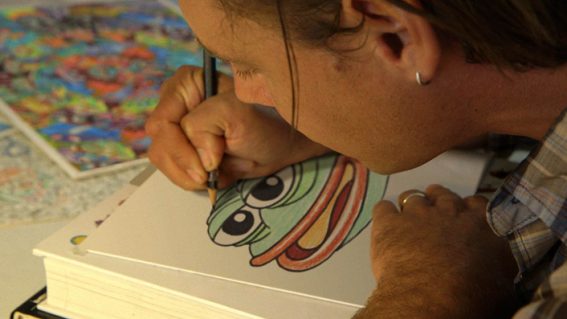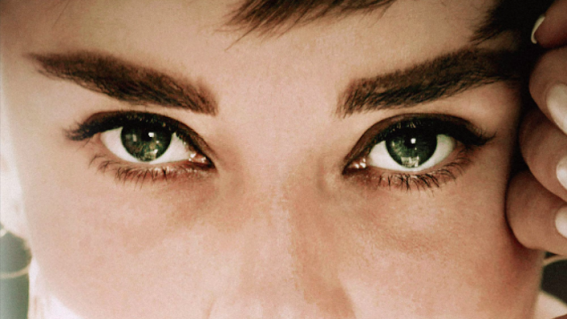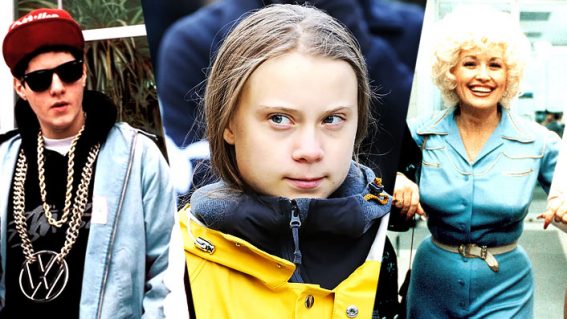Minding the Gap is a wonderful, heart-warming documentary about American skateboarders
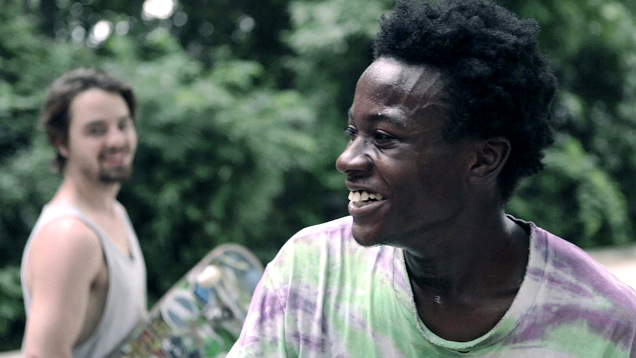
The Oscar-nominated documentary Minding the Gap, about a group of skateboarders in a Rust Belt town in America, is a small film that made a big splash. It deserves every one of its many accolades, says critic Luke Buckmaster.
Director Bing Liu’s debut feature film is an exquisite documentary: so thoughtful and contemplative, so accessible and unpretentious. Like the recent Netflix-distributed Shirkers – a fascinating behind-the-scenes account of the making of a film that never happened, involving people you’ve never heard of – Minding the Gap is low budget and lovingly textured. Like Sandi Tan, who helmed Shirkers, Liu positions himself at the centre of the experience, framing it as a personal investigation that’s part detective story, part cinematic self-therapy session, and part warts-and-all video diary.
Minding the Gap is a small film that made a big splash. In addition to an Academy Award nomination for Best Documentary, it comes approval-stamped from the critical populace and boasts an array of champions including Barack Obama. Following a small season at Melbourne’s ACMI Cinemas, the film is now available in Australia on the streaming platform DocPlay.
The marketing materials present Minding the Gap as a skateboarding documentary, borne from low-fi footage of teenagers from a Rust Belt town in Illinois. But the sport is only one aspect of the film, which begins with a lyrical sequence following three young men zigging and zagging through empty streets.
A more wishy-washy production might have presented skating as a kind of cosmic force: a cure-all for the turmoil in the lives of its subjects, which include Liu, who draws on material filmed for over a decade. At one point we see a description of the sport scrawled on a skateboard that reads “THIS DEVICE CURES HEARTACHE.” Liu’s position is more considered, presenting skateboarding as a means of temporarily restoring order – the chaos of the wider world countered by feats of precision and calibration. It’s clear early on that while skateboarding is a shared passion between pals, the filmmaker’s primary interest is in people rather than a pastime.
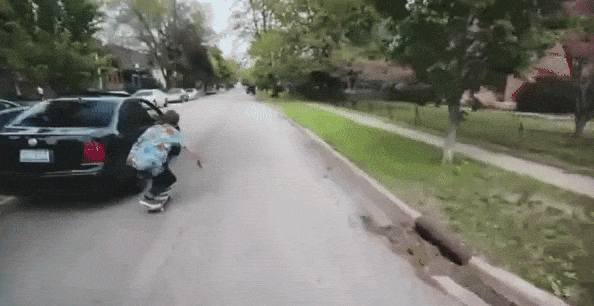
The most extroverted and comfortable in front of the camera is the party-loving Zack, whose life settles down a little after he and his partner Nina have a baby. No longer can he come home from work and wolf down a dozen beers and a spliff. Nina is a key subject also, as is Keire, who struggles through his first job (as a dishwasher) and grapples with complex feelings towards his late father.
These subjects are Liu’s friends and family, so they naturally regard him with a trust and intimacy not given most documentarians. This personalised aspect makes it both easier and harder for the filmmaker. Easier in the sense that the subjects are more candid and expressive; harder in that viewers need to be convinced why they ought to care about their dramas in the first place. Documentaries about people of prominence don’t have that challenge, beginning with an implicit assumption of interest.
Also like Shirkers, Lui’s overarching challenge is to bring universal appeal to his personal journey. The first-time filmmaker succeeds magnificently, doing justice to curly topics and points of emphasis that can choke even the most skilled documentarians – such as interracial relations, the struggle of the proletarian, broken families, the way friendships morph in meaning and purpose over time. And of course sport. Underneath all of this is an acknowledgement that some human lives might be simple on the surface, but all are complex underneath.
The ways Lui inserts himself into the way film are interesting also, showing contradictory effects of the camera as a presence-building device: personifying and yet dissociative. Occasional shots of the director, plus text inserts written from his perspective (i.e. “my mom”) communicate that this is his view of the world; his personal passion project. But Liu also uses the camera as a coping mechanism, distancing himself from the content of the world around him. Others pick up on on this. Ling’s brother, for instance, who, conducting a tour of their family home, says “this used to be my brother’s room” to the camera, as if he were speaking to a mechanical device and not his sibling. Ling reminds him that “you can address me,” even if he seldom addresses himself.
There is a current of melancholy that washes through this thoroughly interesting and elegantly constructed film. The subjects speak of splintered relationships; of bitter feuds with their parents; of disappointments they feel in each other; of issues, social and otherwise, exacerbated by an ailing local economy. But one doesn’t come out of it feeling down. Minding the Gap spans a wide spectrum of emotions: joyful, sad, sympathetic, and ultimately uplifting. It is a wonderful and heart-warming experience, and a documentary that will be long remembered and cherished.
Minding the Gap is available to stream on DocPlay.

